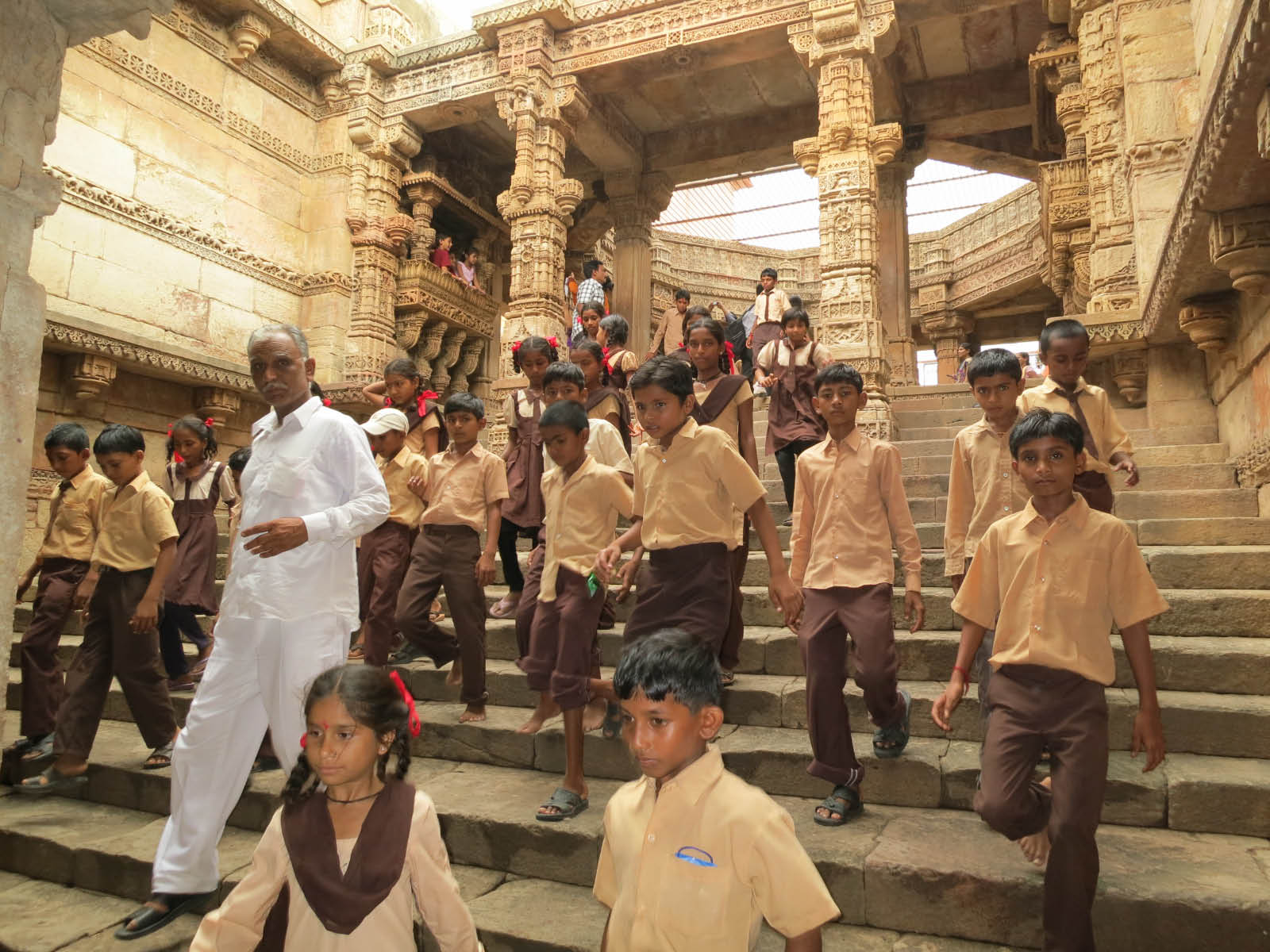Stepwells are considered one of India’s original contribution to architecture. Some of them penetrate six-storeys deep into the bowels of the earth. Found all over India, they are believed to have originated in Western Gujarat during the late 6th and 7th centuries as trenches for harvesting groundwater.
Over time, rulers transformed these utilitarian structures on an epic scale with ornate and detailed embellishments, such as at Rani ki Vav in Patan, Dada Hari’s vav in Ahmedabad, and Adalaj ni vav in Adalaj, Gujarat, and Chand Baori and Raniji ki Baori in Rajasthan. These stepwells were not just a source of water supply, but also served as social pavilions for trading local gossip and hosting of major religious ceremonies.


You must be logged in to post a comment Login